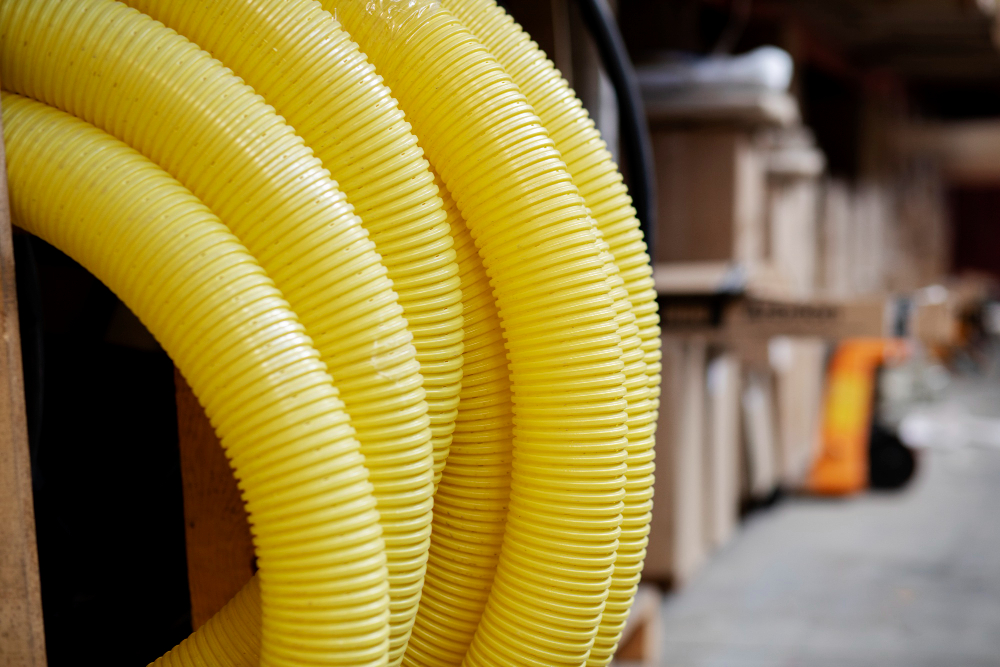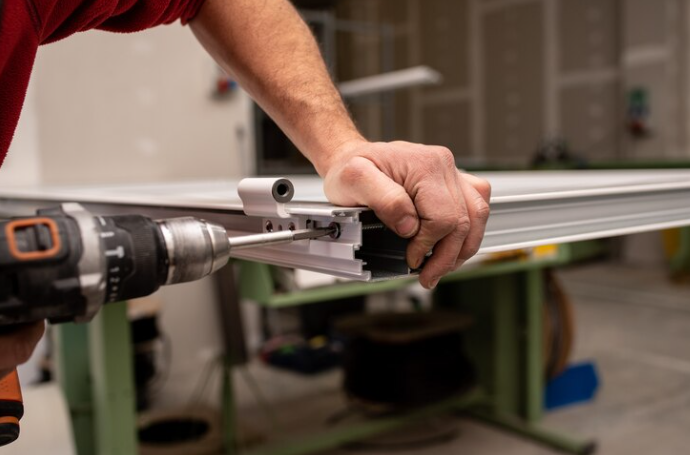Don’t overlook your plumbing when you cross off the items on your spring maintenance checklist for the house and yard. With spring cleaning, pool filling, and summer lawn and garden irrigation, your water use is likely to rise as the weather warms, so it’s critical to check that your supply lines and pipes are in good condition. A routine inspection can also help you catch issues early, before they become a homeowner’s nightmare, like a burst pipe spewing hundreds of gallons of water every hour. Continue reading for spring plumbing advice that will help you save water and lower your chances of running into a major issue with your pipes.
Inspect Faucets and Below Sink Pipes
Inspect the tap, shower and bathroom fittings for seepage and leaks. While you’re at it, check the exposed pipes in the utility room, basement and area beneath the sink. Additionally, this is an excellent time to inspect your pipes for rusty or damaged hardware. If you notice substantial corrosion in a piece of your home’s water pipes, it is advisable to get the part replaced right away rather than allowing the corrosion to worsen. In many situations, this is a straightforward replacement, and once you’re done, you may resume enjoying all the exciting summertime activities.
Keep an Eye Out for Sweating Pipes
Pipes can overflow in the summer even though freezing is the main cold weather threat to them. The reason why your pipes sweat in the summer is because the water inside them is much colder than the ambient air. This may give the impression that your pipes are leaking. Even when your pipes are merely perspiring, the end effect is waste. Similar to how you would during the winter, wrapping your pipes can assist prevent this waste.
Look Out for Leaky Toilets
Depending on where it is, a leaky toilet might gradually raise your monthly expenses significantly or seriously harm your floors. Start by feeling the area near the toilet. If it’s moist, that can indicate that a joint or seal has failed. Whatever it is, it needs to be rectified right now to prevent further water damage to the ceiling or floor below. After that, open the tank’s cover and add three to four drops of food colouring. After 30 minutes, examine the bowl. Your bowl can have a leak if the colouring has gotten in there.







